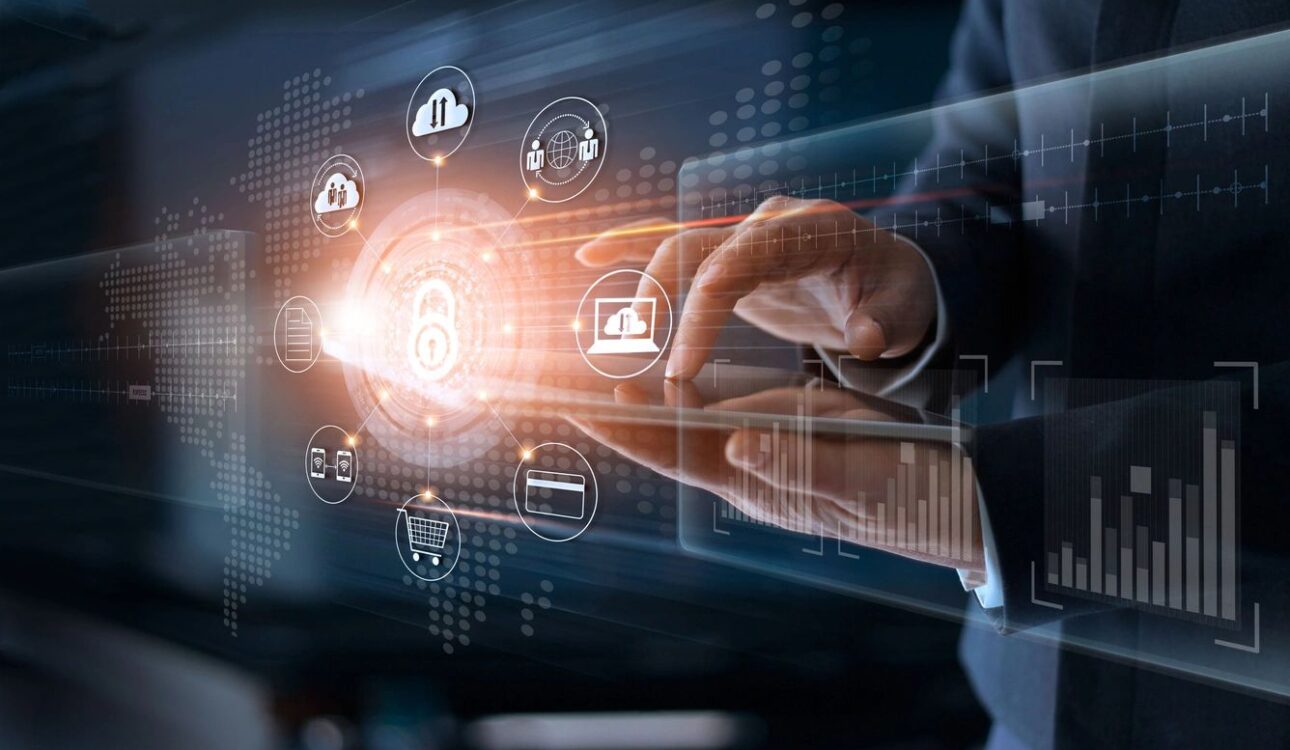Introduction
Smart office solutions refer to the integration of advanced technologies, primarily the Internet of Things (IoT), to create a more efficient, productive, and comfortable work environment. The adoption of IoT in office environments is crucial. It allows for real-time monitoring, control, and management of various office systems, leading to significant improvements in efficiency, cost savings, and employee satisfaction. Smart office fitouts involve the strategic installation and integration of IoT devices and systems within an office space. This includes everything from smart lighting and HVAC systems to advanced security systems and workspace management tools. These fitouts aim to create a cohesive, automated environment that enhances overall productivity and well-being.
Technical Specifications
Core Components of IoT in Office Fitouts
The foundation of any smart office lies in its core components. These include IoT sensors, actuators, smart devices, and a robust network infrastructure. Each component plays a vital role in ensuring seamless communication and functionality within the office.
Network Infrastructure and Connectivity
A reliable network infrastructure is essential for a smart office. This includes high-speed internet connections, Wi-Fi, and possibly even dedicated IoT networks. Connectivity ensures that all devices can communicate effectively, providing real-time data and control.
Sensors and Actuators
Sensors and actuators are the primary tools for data collection and action within a smart office. Sensors detect various parameters like temperature, humidity, occupancy, and more, while actuators execute commands such as adjusting lighting or temperature based on sensor data.
IoT Platforms and Software
IoT platforms and software act as the central control systems for smart offices. They collect, analyze, and present data from various IoT devices, enabling users to manage their office environment through intuitive interfaces and automated processes.
Applications
Energy Management
One of the most significant applications of IoT in offices is energy management. Smart systems can monitor and control energy usage, leading to reduced consumption and lower utility bills. Automated lighting, HVAC systems, and energy monitoring tools are some examples.
Workspace Optimization
IoT technology can optimize the use of office space by analyzing occupancy patterns and employee movements. This data helps in making informed decisions about space utilization, leading to more efficient layouts and potentially reducing the need for additional office space.
Security Systems
Smart office security systems include IoT-enabled cameras, access control systems, and alarm systems. These devices provide enhanced security through real-time monitoring, remote access, and automated alerts.
Employee Well-being
Employee well-being is a critical focus in modern offices. IoT devices can monitor air quality, lighting, and noise levels, ensuring a comfortable and healthy work environment. Additionally, smart furniture and ergonomic solutions can further enhance employee comfort.
Smart Meeting Rooms
Smart meeting rooms equipped with IoT devices can automate scheduling, control lighting and temperature, and provide seamless connectivity for presentations and video conferences. These features make meetings more efficient and productive.
Benefits
Increased Efficiency
Smart office solutions streamline various processes, reducing the time and effort required to manage office operations. Automated systems handle routine tasks, allowing employees to focus on more critical activities.
Cost Savings
Although the initial investment in IoT technology can be high, the long-term cost savings are significant. Reduced energy consumption, optimized space utilization, and lower maintenance costs contribute to overall savings.
Enhanced Security
Smart security systems offer advanced features like real-time monitoring, remote access, and automated alerts, enhancing the safety and security of office spaces.
Improved Employee Productivity
A well-designed smart office can boost employee productivity by providing a comfortable and efficient work environment. Automated systems reduce distractions and interruptions, allowing employees to work more effectively.
Better Decision Making
IoT devices generate vast amounts of data that can be analyzed to gain insights into office operations. This data-driven approach helps in making informed decisions, improving overall office management.
Challenges and Limitations
Data Privacy Concerns
One of the primary concerns with IoT in offices is data privacy. The collection and analysis of large amounts of data can lead to potential privacy issues if not managed correctly.
High Initial Costs
The initial investment required for setting up a smart office can be substantial. This includes the cost of IoT devices, network infrastructure, and integration services.
Technical Complexities
Implementing and managing IoT systems can be technically challenging. It requires specialized knowledge and skills to ensure seamless integration and operation of various devices and systems.
Integration Issues
Integrating IoT devices from different manufacturers can be difficult due to compatibility issues. Ensuring that all devices work together harmoniously is crucial for a successful smart office implementation.
Maintenance and Upgrades
Maintaining and upgrading IoT systems can be an ongoing challenge. Regular updates and maintenance are necessary to ensure the continued functionality and security of the systems.
Latest Innovations
AI Integration in Smart Offices
Artificial Intelligence (AI) is increasingly being integrated into smart office solutions. AI algorithms can analyze data from IoT devices to provide predictive maintenance, optimize energy usage, and enhance overall office management.
Advanced Analytics
Advanced analytics tools are being used to gain deeper insights from the data collected by IoT devices. These tools help in understanding patterns and trends, leading to more informed decision-making.
IoT Devices with Enhanced Capabilities
The development of IoT devices with enhanced capabilities, such as improved sensors and more powerful processors, is driving innovation in smart offices. These devices offer better performance and more features, enhancing the overall functionality of smart office solutions.
Edge Computing in Office Solutions
Edge computing involves processing data closer to where it is generated, reducing latency and improving efficiency. This technology is becoming increasingly important in smart offices, where real-time data processing is crucial.
Innovations in Office Space Design
The design of office spaces is evolving to accommodate smart office technologies. This includes the incorporation of flexible workspaces, ergonomic furniture, and integrated technology solutions that enhance the overall office environment.
Future Prospects
Predictions for Smart Office Trends
The future of smart offices is promising, with several trends expected to shape the industry. These include the increased use of AI and machine learning, greater emphasis on sustainability, and the continued development of more advanced IoT devices.
Long-term Benefits for Businesses
In the long term, smart offices offer numerous benefits for businesses, including improved efficiency, cost savings, and enhanced employee satisfaction. These advantages can lead to a more competitive and successful business.
Future Technologies in Smart Offices
Future technologies, such as 5G, blockchain, and advanced AI, are expected to further revolutionize smart offices. These technologies will enable faster communication, more secure data management, and even more sophisticated office automation.
The Role of 5G in IoT Offices
5G technology will play a significant role in the future of IoT offices. With its high-speed, low-latency capabilities, 5G will enable more reliable and efficient communication between IoT devices, enhancing the overall performance of smart office solutions.
Sustainable Office Practices
Sustainability is becoming increasingly important in office design and management. Smart office solutions can contribute to sustainability by reducing energy consumption, optimizing resource use, and promoting eco-friendly practices.
Comparative Analysis
Smart Offices vs. Traditional Offices
A comparison between smart offices
and traditional offices highlights the numerous advantages of adopting IoT technology. Smart offices offer greater efficiency, improved security, and enhanced employee well-being compared to traditional office setups.
Comparing IoT Solutions from Different Providers
There are various IoT solution providers in the market, each offering different features and capabilities. Comparing these solutions can help businesses choose the best fit for their specific needs and requirements.
Cost-Benefit Analysis
Conducting a cost-benefit analysis is essential when considering the implementation of smart office solutions. This analysis helps in understanding the initial investment, ongoing costs, and the potential long-term benefits.
Impact on Employee Satisfaction
Smart offices can have a significant impact on employee satisfaction. The enhanced comfort, convenience, and efficiency provided by smart office solutions can lead to higher employee morale and productivity.
Conclusion
The integration of IoT in office fitouts offers numerous benefits, including increased efficiency, cost savings, and enhanced employee productivity. However, it also presents challenges such as data privacy concerns and high initial costs. The future of IoT in offices is bright, with ongoing innovations and advancements expected to further enhance the functionality and benefits of smart office solutions. Businesses that adopt these technologies stand to gain a competitive edge. Businesses should consider investing in smart office solutions to improve their operations and create a more efficient, productive, and comfortable work environment. By staying ahead of the technological curve, companies can ensure long-term success and growth.






